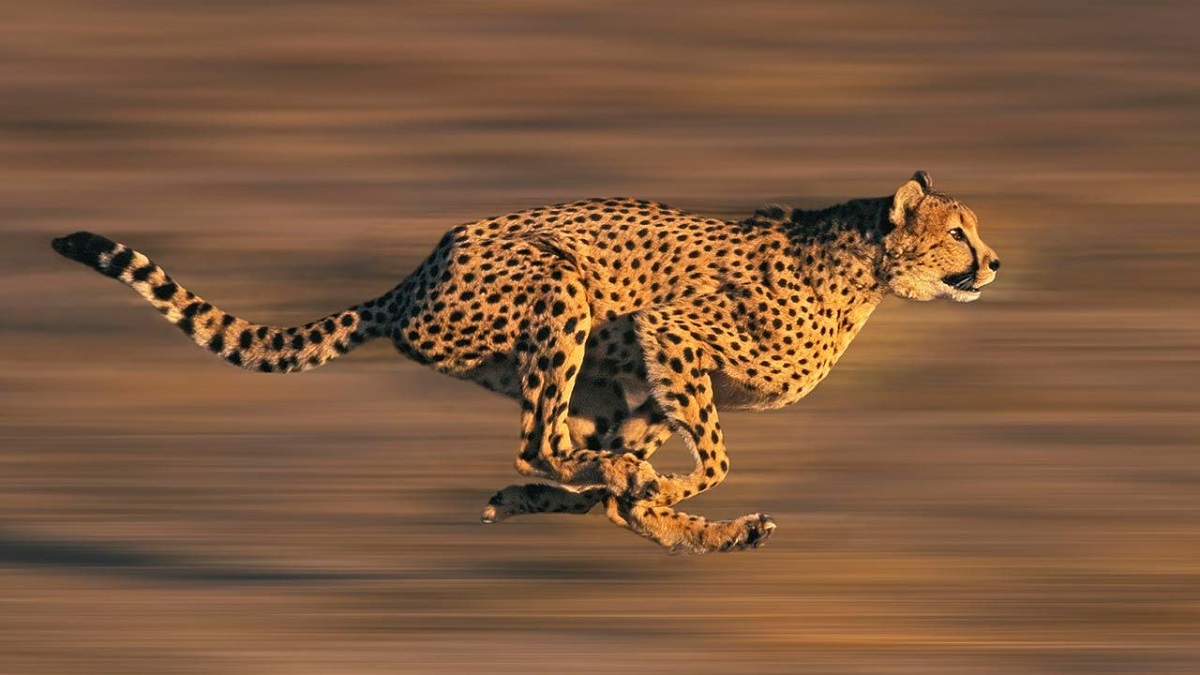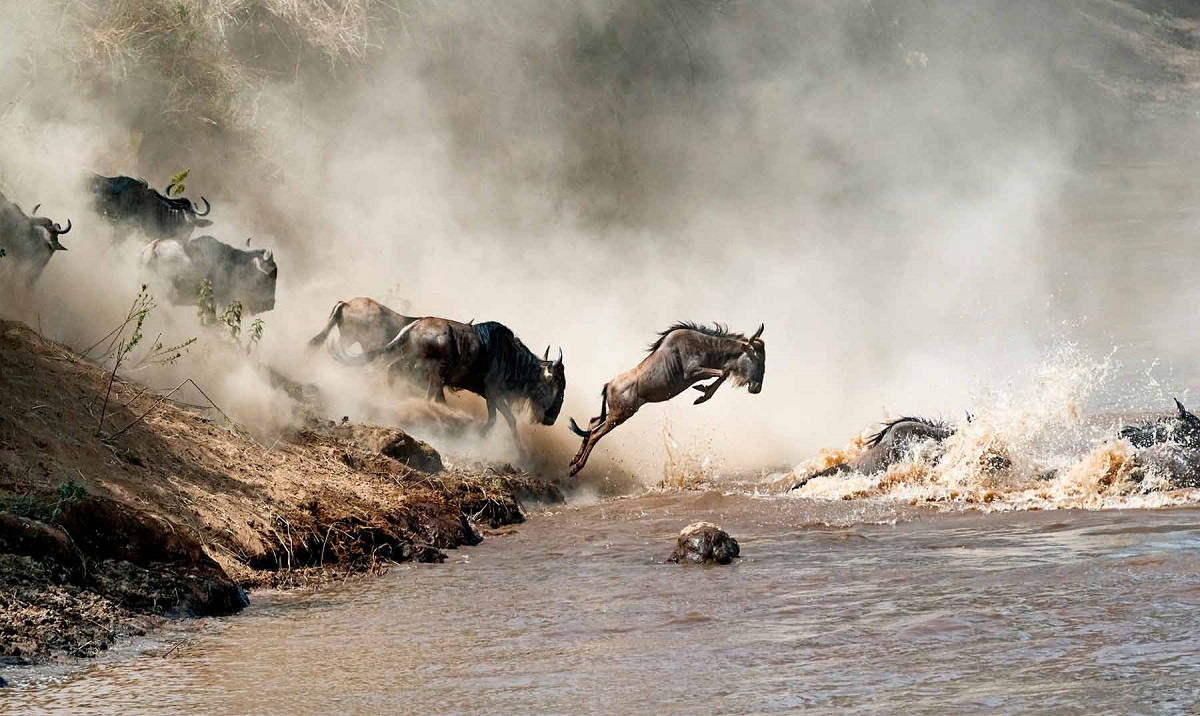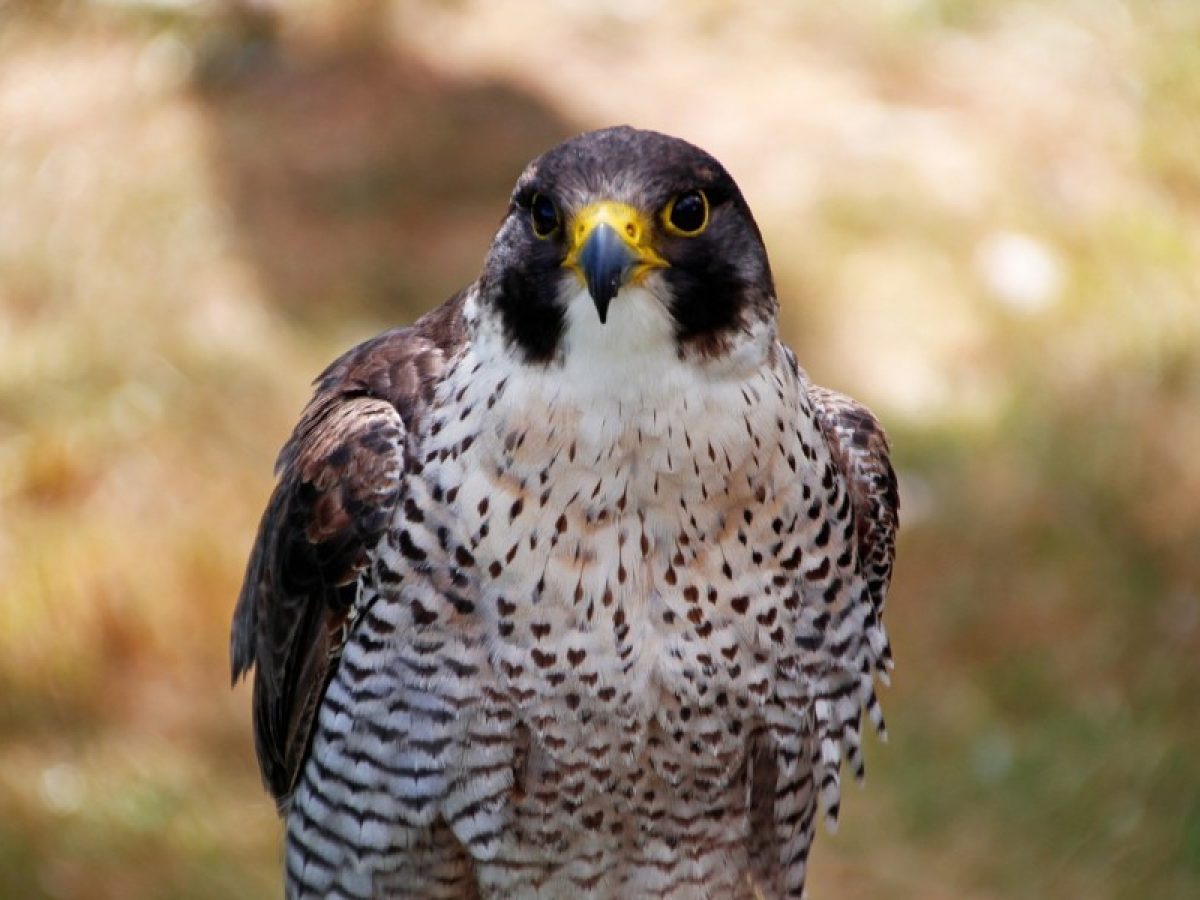
Some animals, mainly carnivores, base their survival on the speed they can reach, which is why some species are staggeringly numerous. Cheetahs, peregrine falcons or mako sharks are the fastest species, but the fastest animals are not mammals. The fastest animal in the world is a mite called Paratarsotomus macropalpis. While it may seem incredible to think that a mite can run faster than a cheetah, the fact is that this species, which is about the size of a sesame seed, can move 322 body lengths per second.
In this article we are going to tell you which is the fastest animal in the world, its characteristics and biology.
The fastest animal in the world

If humans can move at such speed, it will be about 2092 kilometers per hour, and the average speed is much greater than that of other animals. Knowing the record of 'Paratarsotomus macropalpis', the rest of the animals may not be so surprising, but considering that the human speed record is 45 kilometers per hour, they are still quite remarkable.
Peregrine Falcon: The bird flies at an average speed of 100 kilometers per hour, but once it detects its prey, it can fly up to 320 kilometers per hour when it reaches it. Although it can be found on all six continents, the peregrine falcon is rare in most areas. It was in serious danger of extinction in the middle of the XNUMXth century.
These are the fastest animals in the world:
- Cheetah: This feline is considered the fastest land predator, capable of reaching speeds of 120 kilometers per hour over short distances. Unfortunately, it is a threatened species, classified as Vulnerable, since it is estimated that only 7.000 specimens remain in the wild.
- Mako shark: This dangerous marine predator is capable of swimming at speeds of up to 124 kilometers per hour while hunting.
- Hummingbird: This small bird, only 10 centimeters long, can fly at a speed of 100 kilometers per hour. Its speed is not negligible considering its small size.
- tiger beetle: It is considered the fastest insect and a dangerous predator that can move at a speed of 2,5 meters per second, which is equivalent to 810 kilometers per hour if it were a human being at a height of 1,80 m. The tiny insect has to stop frequently to focus its sight because the speed at which it moves prevents it from finding its prey.
- Thompson's gazelle: This species belonging to the antelope family lives in the savannahs of Kenya, Tanzania and South Africa and can reach speeds of up to 80 kilometers per hour. Unfortunately, its natural enemy is the fastest land mammal: the cheetah.

- Wildebeest: It can grow up to 2,5 meters long and weigh up to 200 kilograms, but that does not stop it from being one of the fastest animals in the world. It can reach 80 kilometers per hour. Wildebeest tend to live in herds, that is, they form groups of thousands of people, and wildebeest have to be that fast to escape predators.
- Lion: it is an endangered species and is considered "vulnerable" (it is believed that its number may have decreased by up to 50% in the last 20 years). In the list of fastest animals, it is one of the best hunters, reaching a speed of 80,5 kilometers per hour.
- Antelope: they are the fastest mammals in the United States and currently have no natural predators. They can reach 88,5 kilometers per hour. It inhabits all of North America, from Canada to Mexico, and the entire western United States, especially in sparsely vegetated plains and deserts.
- Swordfish: It is positioned as the second fastest fish in the world with speeds of up to 97 kilometers per hour. It is a large carnivore with a length of up to 4,3 meters and a weight of more than 500 kilograms. Although they are found in tropical, subtropical, and temperate waters around the world, they are most abundant in waters where significant ocean currents meet.
- The horse at 70 km/h: We have finally found the horse, one of the main means of transportation throughout the history of humanity. These graceful animals can reach speeds of up to 70 km/h.
Type of animal movement

The environment in which an animal lives determines how and how it moves. If we think of a snake, a pigeon, and a dog, we can see dramatic differences in how evolution shapes animal locomotion. Below we discuss the movement of different species and how it affects the speed of the animal:
In the air
There are 3 basic types of aerial movement:
- Flight: classic flutter.
- Planning: When they take advantage of air currents or the propulsion they already have without flapping their wings.
- Diving: when they fall from the air in free fall. It is in this displacement when they reach their maximum speed.
On the floor
There are several actions in ground mode:
- Crawling: whose advance is achieved by dragging, like that of a snake.
- Walking: Most of them are bipedal -humans- or quadrupedal -cheetahs or dogs-.
- Brachiation: It is a movement typical of certain primates to move through the branches using only their arms and hands.
- Jump: It can be used as the main form of locomotion, like a kangaroo, or simply as a resource, like a frog.
- contraction and extension: In the case of worms, they crawl by contracting their body.
In water
There are also different types of movement in marine or freshwater ecosystems. However, the reality is that most of them, those that reach the highest speed, are active muscular swimmers, that is, they move through muscles and fins. Other types of exercise are:
- flagellar vibration
- Rowing with extremities: like some crustaceans.
- Jet propulsion: Like some jellyfish, they move by jets of water.
- Ambulation: Like a crustacean walking on the bottom of the ocean.
- Undulation: This is the case with eels, which move in a similar way to snakes.
I hope that with this information you can learn more about the fastest animal in the world and its characteristics.